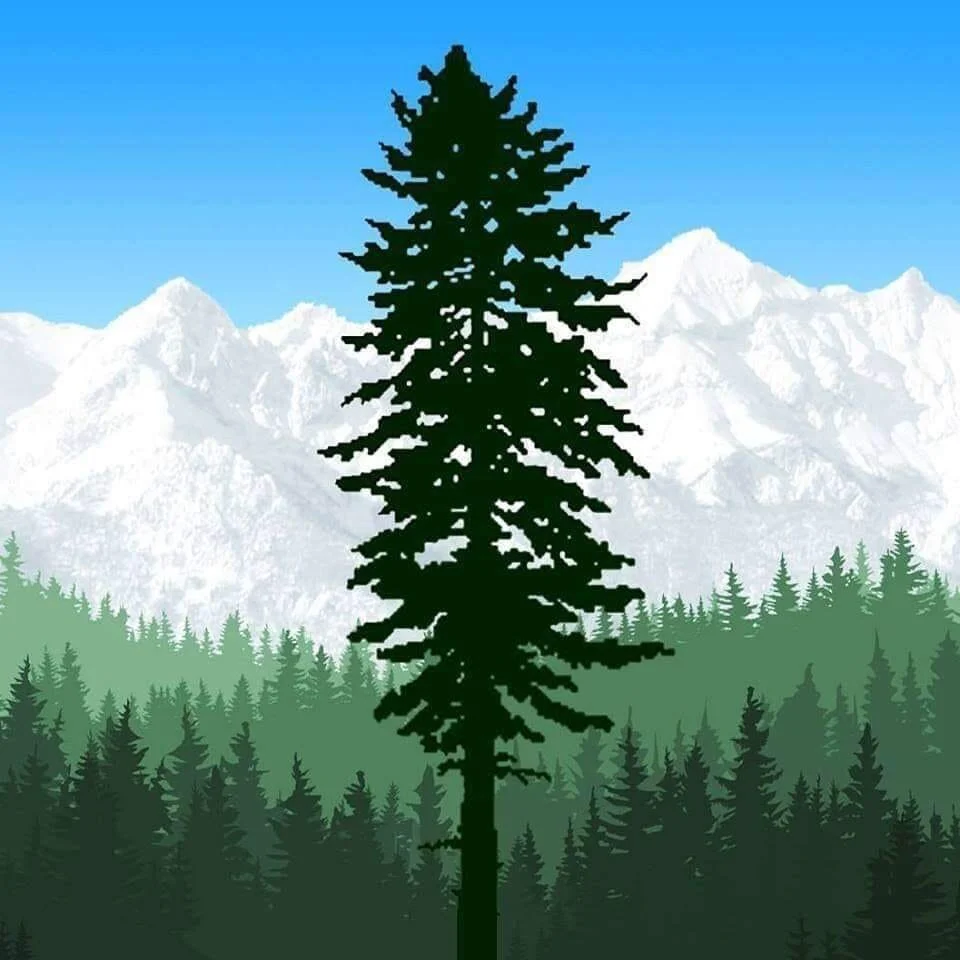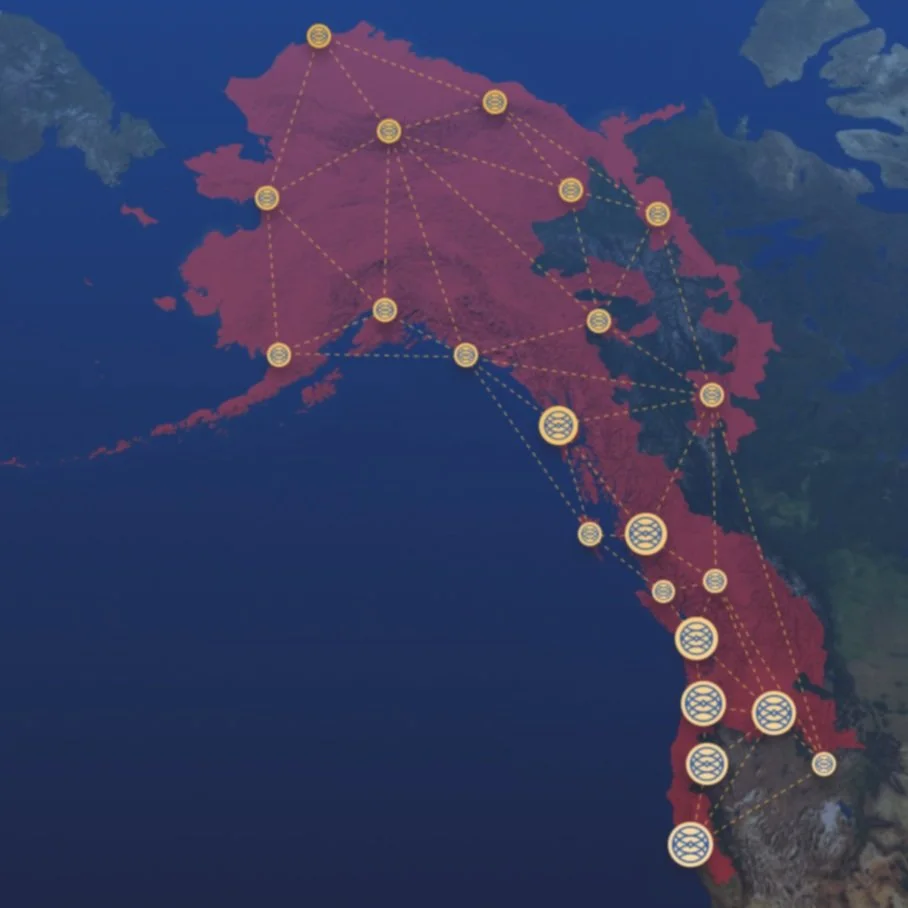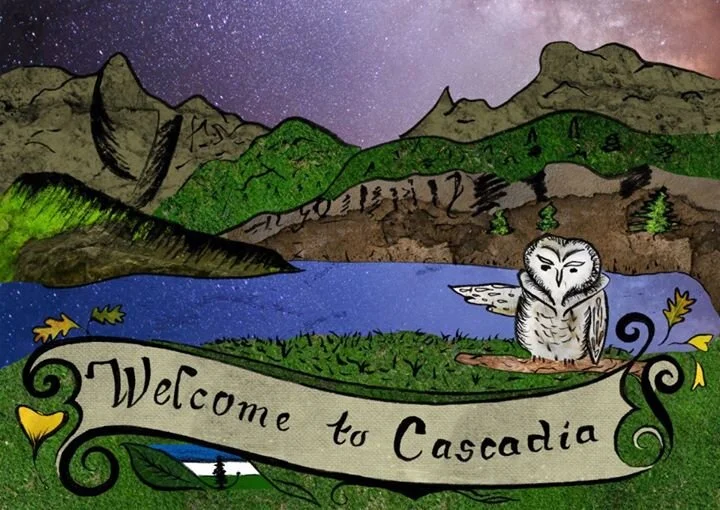Nuu-chah-nulth, also known as Nootka, is Wakashan language historically spoken on the west coast of Vancouver Island, from Barkley Sound to Quatsino Sound in British Columbia by the Nuu-chah-nulth peoples. Nuu-chah-nulth is a Southern Wakashan language related to Nitinaht and Makah.
It is the first language of the indigenous peoples of the Cascadian Coast to have documentary written materials describing it. In the 1780s, Captains Vancouver, Quadra, and other European explorers and traders frequented Nootka Sound and the other Nuu-chah-nulth communities, making reports of their voyages. From 1803–1805 John R. Jewitt, an English blacksmith, was held captive by chief Maquinna at Nootka Sound. He made an effort to learn the language, and in 1815 published a memoir with a brief glossary of its terms.
The Nuu-chah-nulth language contributed much of the vocabulary of the Chinook Jargon. It is thought that oceanic commerce and exchanges between the Nuu-chah-nulth and other Southern Wakashan speakers with the Chinookan-speaking peoples of the lower Columbia River led to the foundations of the trade jargon that became known as Chinook. Nootkan words in Chinook Jargon include hiyu ("many"), from Nuu-chah-nulth for "ten", siah ("far"), from the Nuu-chah-nulth for "sky".
A dictionary of the language, with some 7,500 entries, was created after 15 years of research. It is based on both work with current speakers and notes from linguist Edward Sapir, taken almost a century ago. The dictionary, however, is a subject of controversy, with a number of Nuu-chah-nulth elders questioning the author's right to disclose their language.
The provenance of the term "Nuu-chah-nulth", meaning "along the outside [of Vancouver Island]" dates from the 1970s, when the various groups of speakers of this language joined together, disliking the term "Nootka" (which means "go around" and was mistakenly understood to be the name of a place, which was actually called Yuquot). The name given by earlier sources for this language is Tahkaht; that name was used also to refer to themselves (the root aht means "people").
Translations of place names
Nuuchahnulth had a name for each place within their traditional territory. These are just a few still used to this day:
hisaawista (esowista) – Captured by clubbing the people who lived there to death, Esowista Peninsula and Esowista Indian Reserve No. 3.
Yuquot (Friendly Cove) – Where they get the north winds, Yuquot
nootk-sitl (Nootka) – Go around.
maaqtusiis – A place across the island, Marktosis
kakawis – Fronted by a rock that looks like a container.
kitsuksis – Log across mouth of creek
opitsaht – Island that the moon lands on, Opitsaht
pacheena – Foamy.
tsu-ma-uss (somass) – Washing, Somass River
tsahaheh – To go up.
hitac`u (itatsoo) – Ucluelet Reserve.
t’iipis – Polly’s Point.
Tsaxana – A place close to the river.
Cheewat – Pulling tide.























